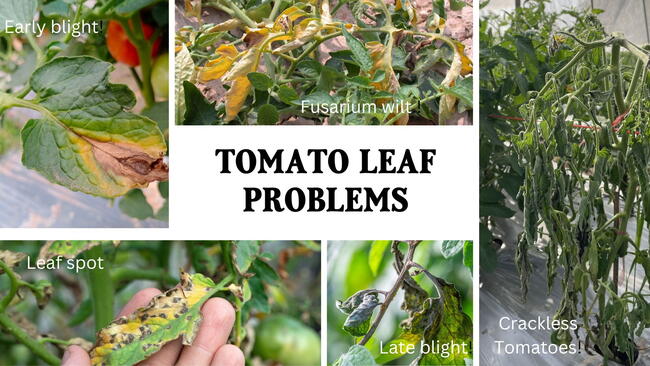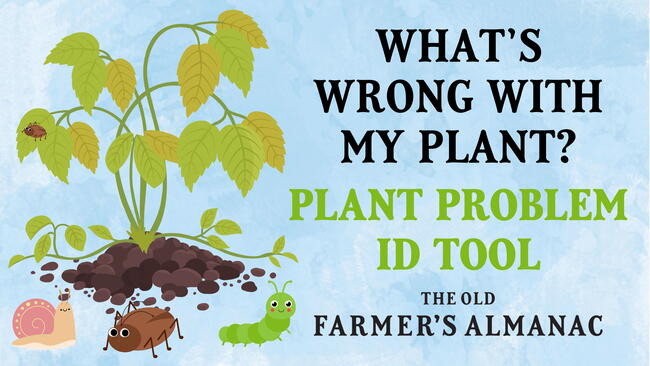
Photo Credit
KotchaK
Subhead
Planting, Growing, and Caring for Honeydew Melons
Read Next
Types
- ‘Snow Leopard’ is a more petite, personal-sized melon, with fruits averaging about 2 pounds. It has small, dark green variegations on the rind and sweet, white flesh. Resistant to Fusarium wilt.
- ‘Earli-Dew’ is an early-ripening variety with a short season for northern gardeners. Ready in about 80 days.
- ‘Full Moon’ is a strong-performing hybrid melon with larger 3- to 4-pound fruits that are creamy white on the outside and pale green on the inside.
- ‘Sweet Reward’ is a canary yellow hybrid with large 5-pound fruits and super-sweet flesh. Great for smoothies.
Gardening Products
More Like This
wonderful information- ty~










Comments